Coronavirus in Pakistan: What do I need to know and what should I do?
According to the WHO, so far, the death rate from COVID-19 is only 2 %
KARACHI: Over the past two months, the novel coronavirus outbreak has spiralled into a global threat. Throughout the world, countries are taking various measures to contain the virus by imposing travel bans, spreading knowledge about preventative measures, putting thousands of people who have been exposed to the virus in quarantine, and isolating sick people.With two confirmed cases of coronavirus in Pakistan, a sense of panic has spread across the country. Many believe that the country is still not equipped to deal with the situation in case of an outbreak. Under such circumstances, it is imperative to know what the virus is and what can an average person do to keep themselves safe.
What is coronavirus?
According to the World Health Organisation (WHO), coronaviruses refer to a large family of viruses which are known to cause illnesses, both among animals and humans. Although more common in animals, there are four or five different types of coronaviruses that can cause respiratory diseases in humans, such as mild or severe respiratory infections. These infections can range from the common cold to more severe diseases such as the Severe Acute Respiratory Syndrome (SARS) or the Middle East Respiratory Syndrome (MERS).
The novel coronavirus (COVID-19)
In December 2019, a new type of coronavirus was discovered by scientists after it caused the outbreak of an infectious disease in Wuhan, China. The disease – which the WHO named COVID-19 – was never seen in humans before. Scientists suspect that the virus may have jumped from an animal species into the human population and then begun spreading.
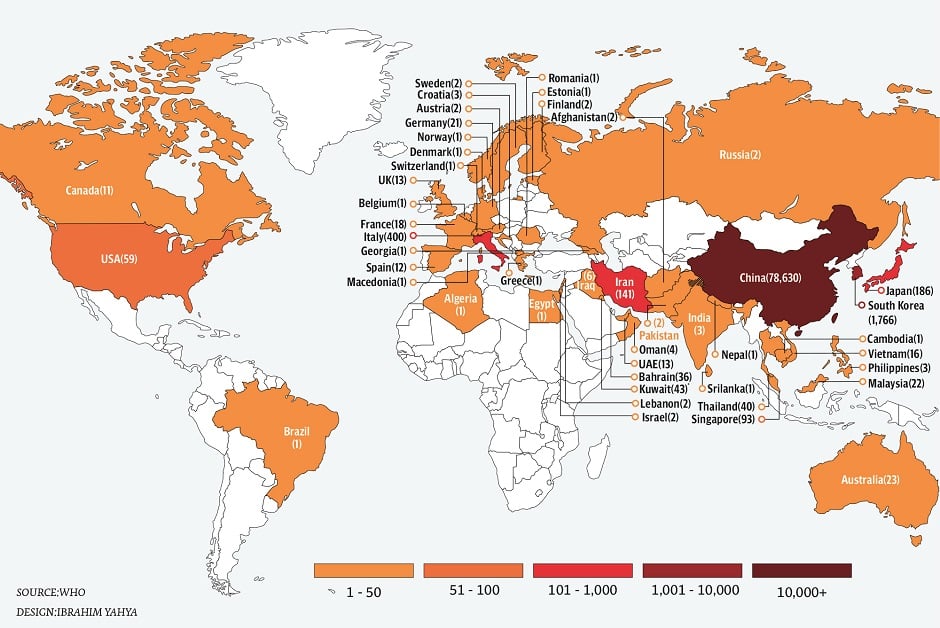
Why are people so scared?
People are naturally scared because the virus is spreading across the globe, with the number of daily confirmed cases on the rise. As of late February, around 82,000 people have been affected by the new coronavirus worldwide, with the highest number of cases reported in China.
S. Korea becomes biggest coronavirus centre outside China
Statistics from the China National Health Commission show that COVID-19 has so far claimed 2,663 lives, while the virus has affected more than 78,000 in the country. That apart, thousands more are under observation. Besides China, the coronavirus has also spread to at least 30 other countries of the world, including Japan, South Korea, Italy, Hong Kong, Taiwan, France, Iran, and the Philippines. According to the WHO, coronavirus has "pandemic potential."
What are the symptoms of coronavirus?
Some of the most common symptoms caused by coronavirus include fever, dry cough and tiredness. Per the WHO, infected people may also experience headaches, pain in the body, runny nose, nasal congestion, sore throat or diarrhoea. Symptoms do not appear all of a sudden and can develop gradually, while some people may get sick with the disease and show no symptoms at all. Those who become seriously ill because of COVID-19 develop difficulty breathing. In severe cases, the disease can also lead to organ failure.
How does this virus spread?
Even though scientists are still studying how the coronavirus spreads, health experts say that like most respiratory diseases, COVID-19 is also transmitted from one person to another. Typically, when an infected person coughs or sneezes, they spread the virus through small droplets from their noses or mouths. These droplets can land on objects and surfaces and when a healthy person touches them, they can become infected too.
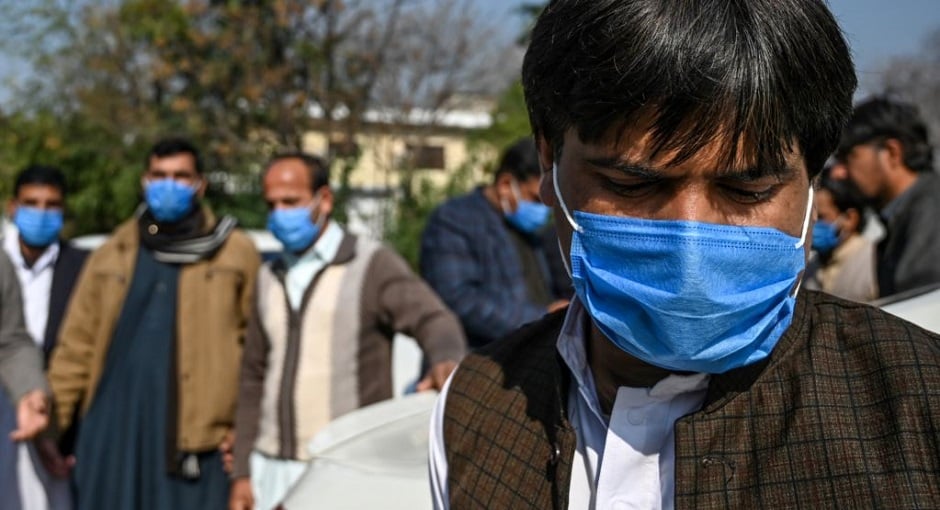 PHOTO: AFP
PHOTO: AFPWhat about transmission through the air?
Many people believe that the new coronavirus can also spread through the air. Studies, however, have so far suggested that COVID-19, as aforementioned, spreads when a healthy person comes in contact with the respiratory droplets of an infected person.
Can people catch coronavirus by using a public toilet?
Even though initial investigations have shown that the new coronavirus may have been spread through faecal matter when people use public toilets, the risk of catching the virus through this way is still very low. However, research is still going on related to transmission.
How likely is it for a person to catch the virus?
People who have recently travelled to countries where the virus is widespread are at greater risk of catching the virus. Similarly, those who have been in close proximity of infected people and have started showing symptoms should immediately see a doctor. For others, the risk is currently low but prevention and preparedness are necessary in case of an outbreak.
Who is most vulnerable?
While coronavirus can affect anyone who comes in contact with an infected person, certain sections of the population are more susceptible than others. These include older people, those with weak immune systems, and people with underlying medical conditions, such as blood pressure, diabetes, or heart problems.
Will COVID-19 lead to death?
The disease could be fatal in severe cases. According to the WHO, however, around 80% of patients affected by the coronavirus can recover without undergoing any special treatment. So far, the death rate from COVID-19 is only 2 %.
What does it mean by quarantining people?
Quarantine is an incubation period to monitor a communicable disease. It means to separate a person from others if they have been exposed to the virus and have yet not shown symptoms. For example, if someone has travelled to a country where the virus is widespread, or they have come in contact with an infected person, they should be quarantined. For COVID-19, the period of quarantine is 14 days from the last date of exposure.
1,500 people in Sindh to be screened for coronavirus symptoms
Should people who are released from COVID-19 quarantine be avoided?
Per health experts, if someone has been in quarantine for 14 days after exposure to the virus and they have not shown any symptoms of the illness, they are not at risk of spreading the virus to others. However, common precautions must still be taken.
How should one protect themselves?
At present, there are no vaccines to prevent people from COVID-19. Therefore, it is extremely important to take preventative measures. Per the guidelines of the WHO, people should take the following steps to protect themselves from the new coronavirus.
- Wash your hands regularly with soap and water or an alcohol-based hand rub (sanitiser). Do not touch your nose, eyes, or face without properly washing your hands. Washing your hands or using a sanitiser kills the virus that may be on your hands.
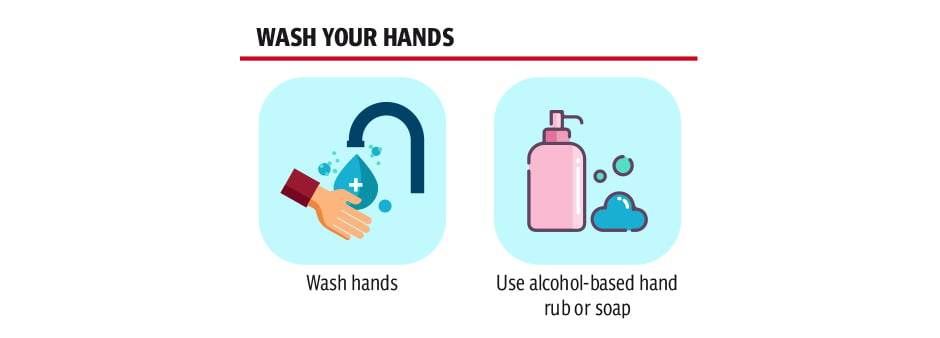
- If you see someone is coughing or sneezing, maintain a distance of at least 1 metre (or 3 feet) from them so that you don’t breath in the droplets from their mouth or nose.
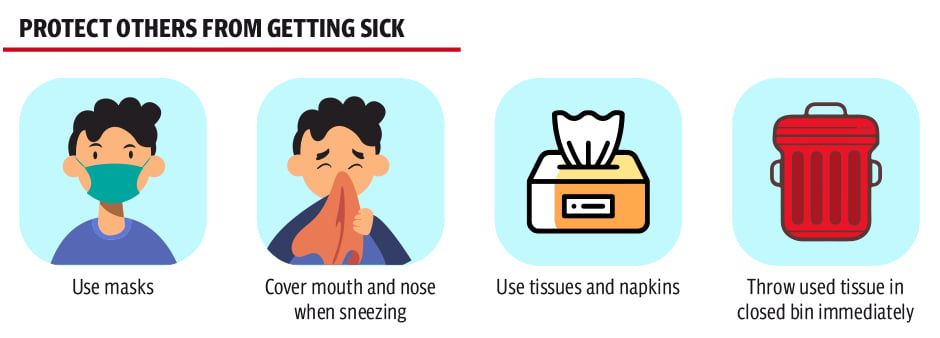
- Use a tissue paper to cover your mouth if you want to cough or sneeze, even if you are healthy. If you want to sneeze and you do not have a tissue, use your elbow instead of your palms. Dispose of the used tissue immediately.
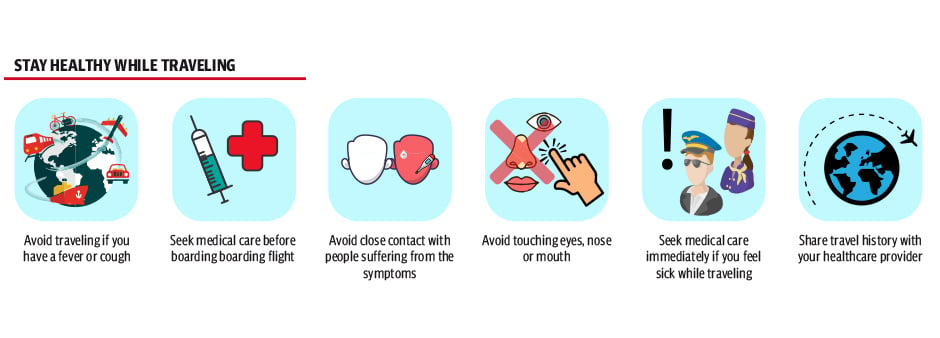
- Use masks when out in public. Do not use the same mask for more than a day.

- If you do not feel well, have a cough, fever, or difficulty breathing, do not go out in public. Seek medical help immediately.
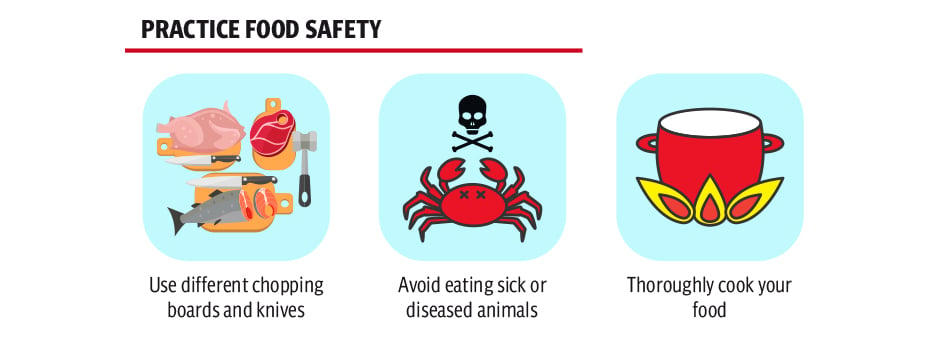
- Stay updated with the latest information regarding coronavirus.

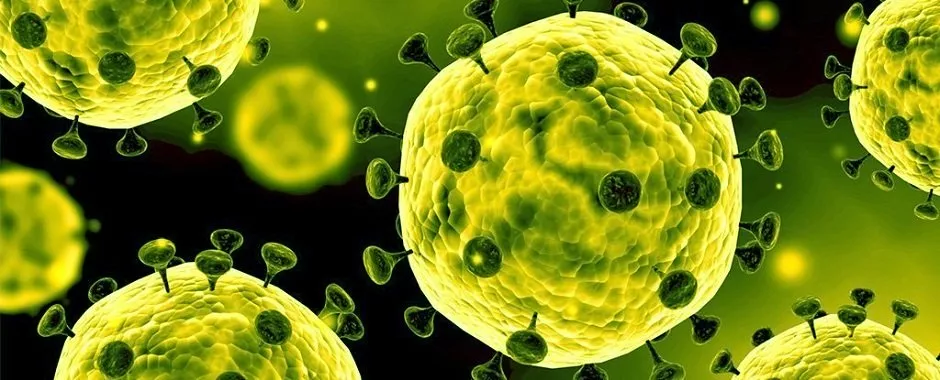
COMMENTS
Comments are moderated and generally will be posted if they are on-topic and not abusive.
For more information, please see our Comments FAQ